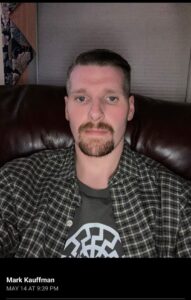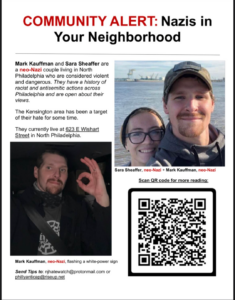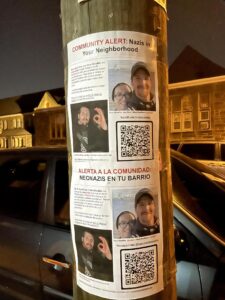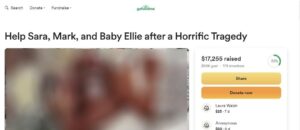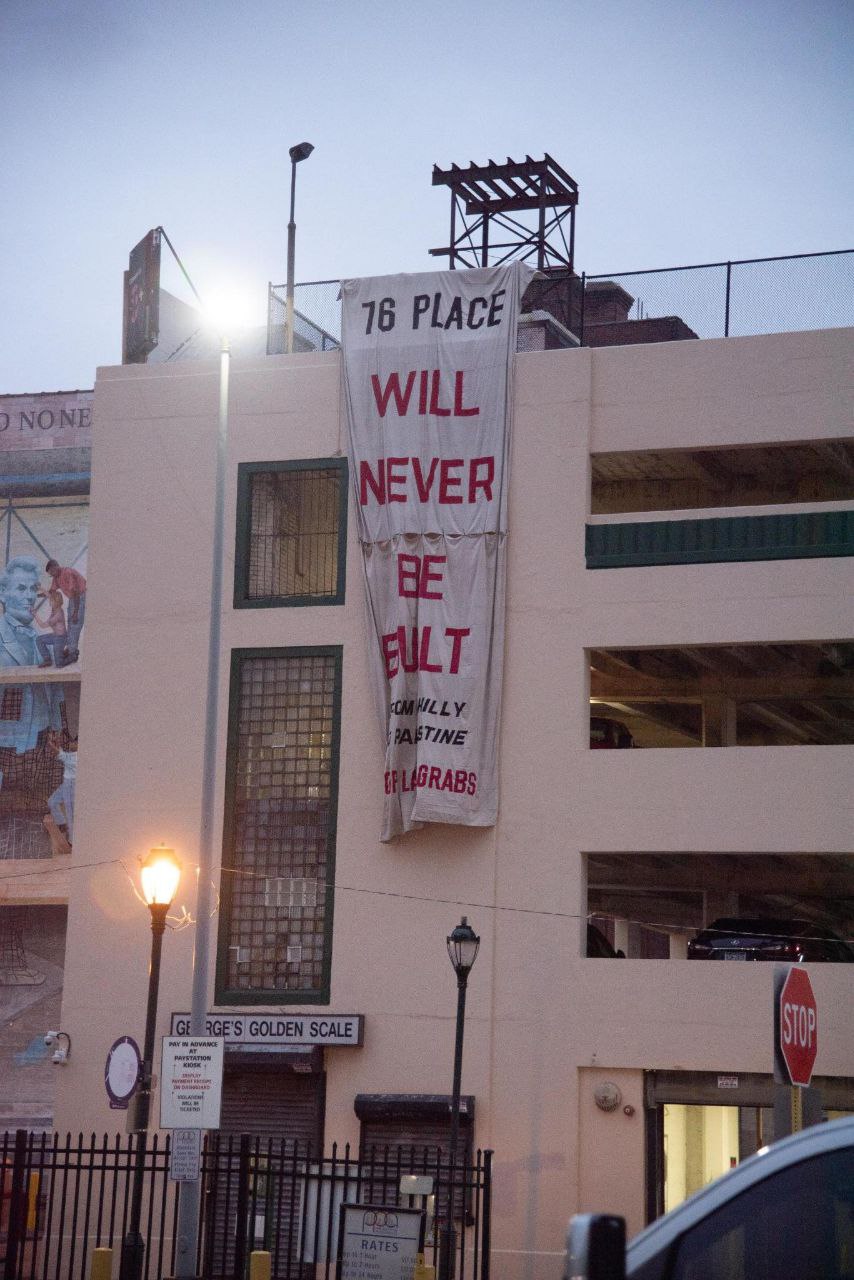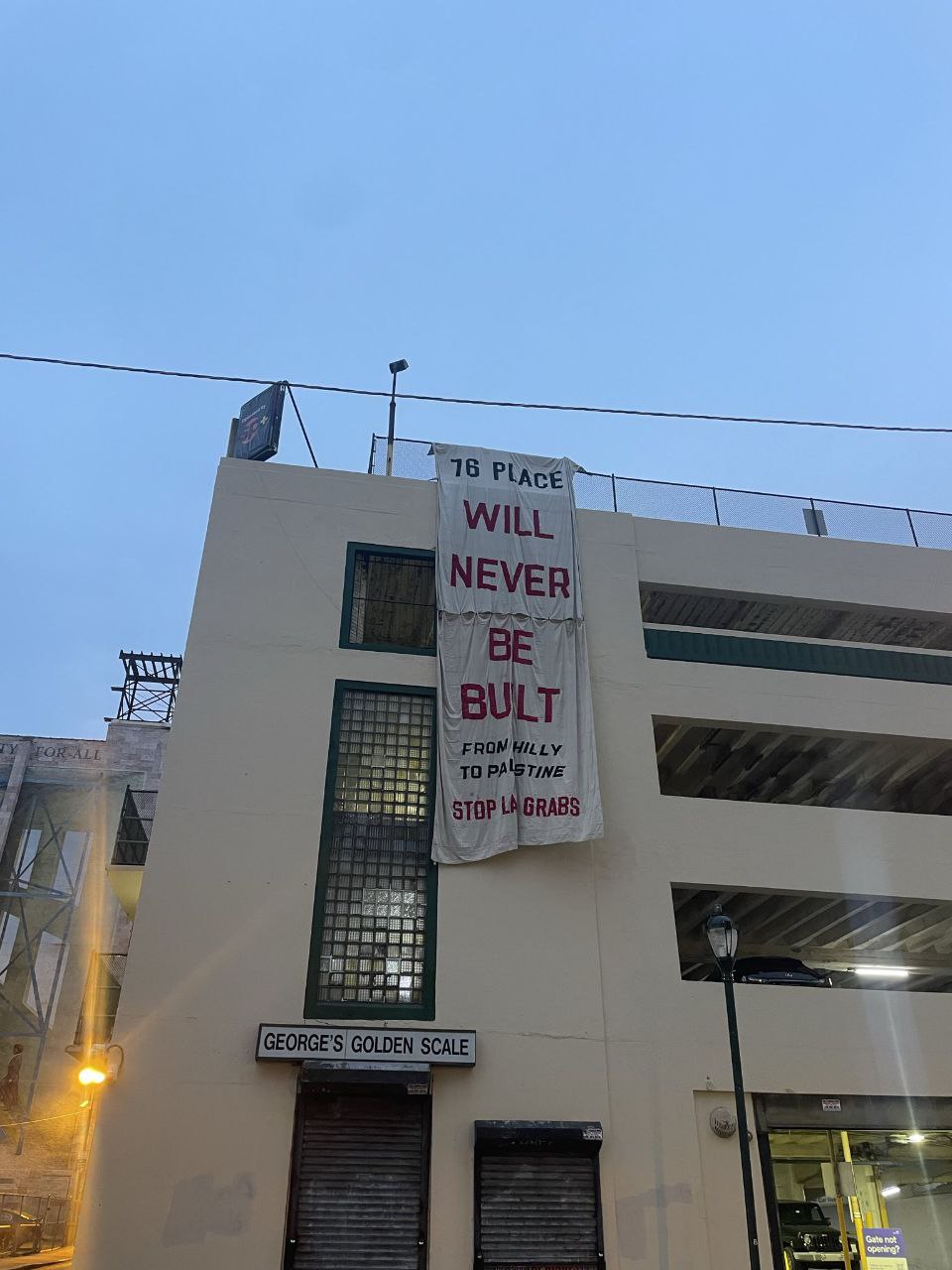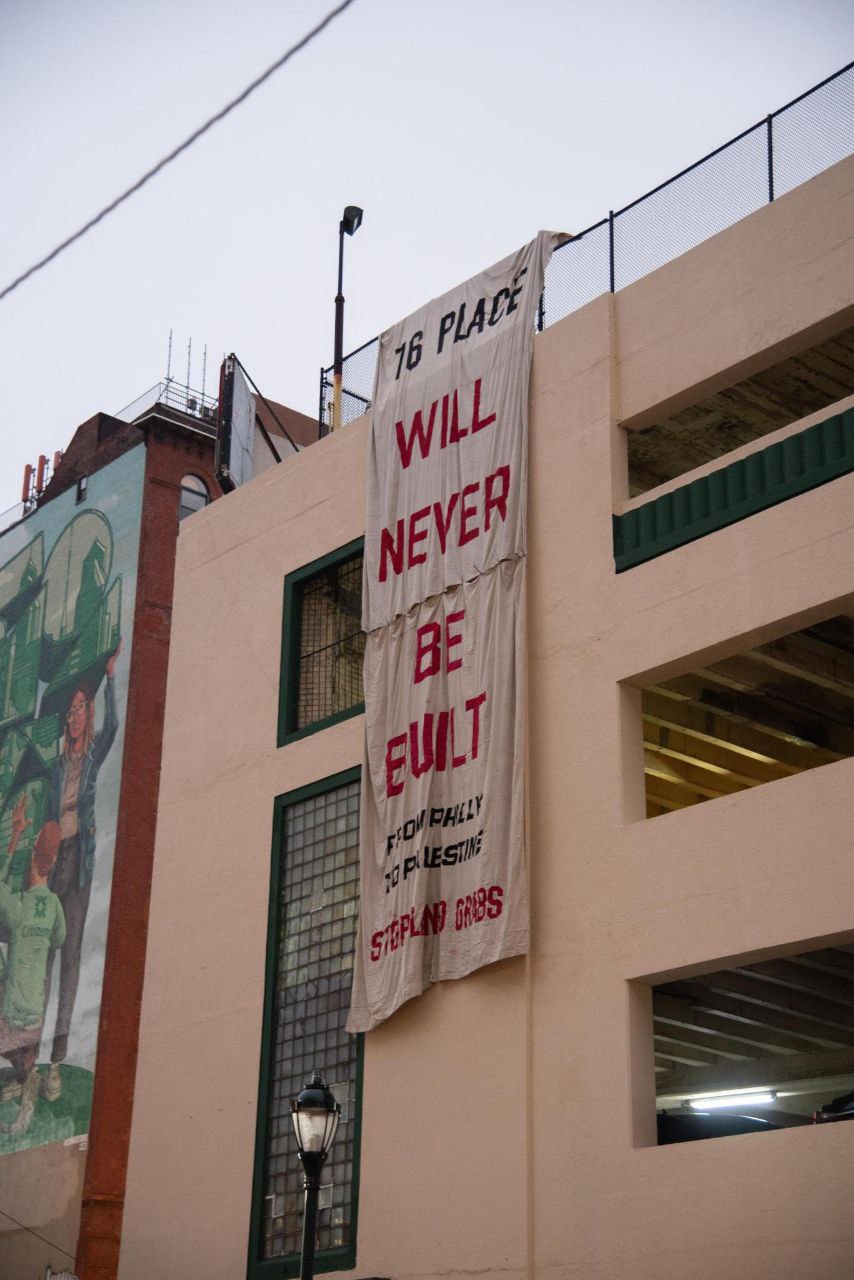Submission
A Call for Gatherings the Weekend Before Trump Takes Office
Along with others around the country, we invite you to join us in organizing festivals of resistance on the weekend of January 18, immediately before Donald Trump takes office. This is a crucial opportunity to engage in outreach, education, and action ahead of what it is sure to be a tumultuous time.
Once Trump takes power, it will only become more challenging to make connections with our neighbors, create the networks that we will need to face down his assaults, and share the skills we will need to survive his reign. Right now, we have a precious window of time in which to prepare. Let’s make the most of it.
When Donald Trump enters office on January 20, he will order mass deportations, escalate the repression of protesters, dismantle the few judicial and legislative provisions that still protect ordinary people, and consolidate a propaganda ecosystem intended to stupefy us all into obedience. The Democratic Party is willingly handing power to an autocrat they say will bring democracy to an end; the Democrats show every intention of continuing to ratchet their own politics to the right. Authoritarian leftist groups are simply treating this as a recruitment opportunity.
But from Texas to the West Bank, millions of people’s lives are about to get even harder. We owe it to each other to meet the second Trump era side by side in solidarity.
The chaos that will accompany the return of the Trump administration represents an opportunity as well as a challenge. This is a chance to assert an autonomous pole of organizing, carrying forward the lessons of 2020 and the movement against Cop City while continuing the fight against patriarchal violence, white supremacy, and colonialism.
By organizing ahead of Trump’s inauguration, we can seize the initiative and set our own timeline rather than being caught flat-footed and forced to react. We need to welcome new participants into these struggles and foster a revolutionary perspective that can orient us through the challenges ahead. No amount of internet activity could substitute for gathering face to face. The most important battles ahead will not be fought online, but in the streets of our communities.
January 18 is observed as the Day of the Forest Defender. It will be the two-year anniversary of the murder of Tortuguita in Weelaunee Forest. It is an important date to gather, honor the memory of the fallen, and pledge ourselves to resistance and to one another.
How to Participate
You could start by calling for an assembly bringing together everyone who wants to participate in organizing. It could be a public gathering—if you think you can facilitate something on that scale—or an invitation-based conversation bringing together people who have already worked together or at least have cause to trust each other.
For the event proper, you could host workshops and distribute literature teaching security culture, digital security, protest safety and first aid, direct action, reproductive autonomy, forms of organization including affinity groups, and other skills that may be relevant in the years to come.
Local organizers could share stories and lessons from the history of resistance in your area during the first Trump era. You could facilitate discussions to identify what people need to do to prepare for the years ahead—both for their own safety and to ensure the safety of their communities—or to strategize about how to prepare to confront the Trump agenda in your region. You could do an art build for future demonstrations and an organizing fair to connect people to local projects. This will be a chance to expand rapid response networks for community defense and mutual aid.
In some places, the gatherings could conclude with public actions—a first salvo in the resistance to Trump’s plan for mass deportations. Elsewhere, there will be open assemblies, spaces for people to encounter each other and learn new ways of working together and sharing ideas. Small towns can screen documentaries or invite speakers to share their expertise.
It’s up to you and your community to decide what best fits your local context. The important thing is to create a space that can serve as a point of entry for everyone who needs to get connected ahead of the next round of struggles—a space where people can hone their skills and begin to think of themselves as a collective force.
No matter who Trump’s administration targets—whether immigrants, Palestine solidarity organizers, sex workers, schoolteachers, trans people, environmentalists, or people seeking abortions—we must show that we will love and protect one another. If we all pull together, showing everyone who wants to resist that there are movements that they can join, we can begin to build the strength that we will need to overcome the challenges ahead.
Events like this are already being planned in dozens of cities and towns. But time is tight. If we want to be ready, we have to get started now.

